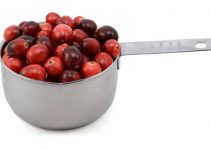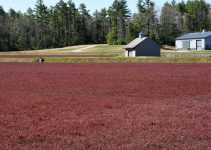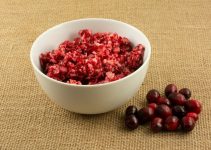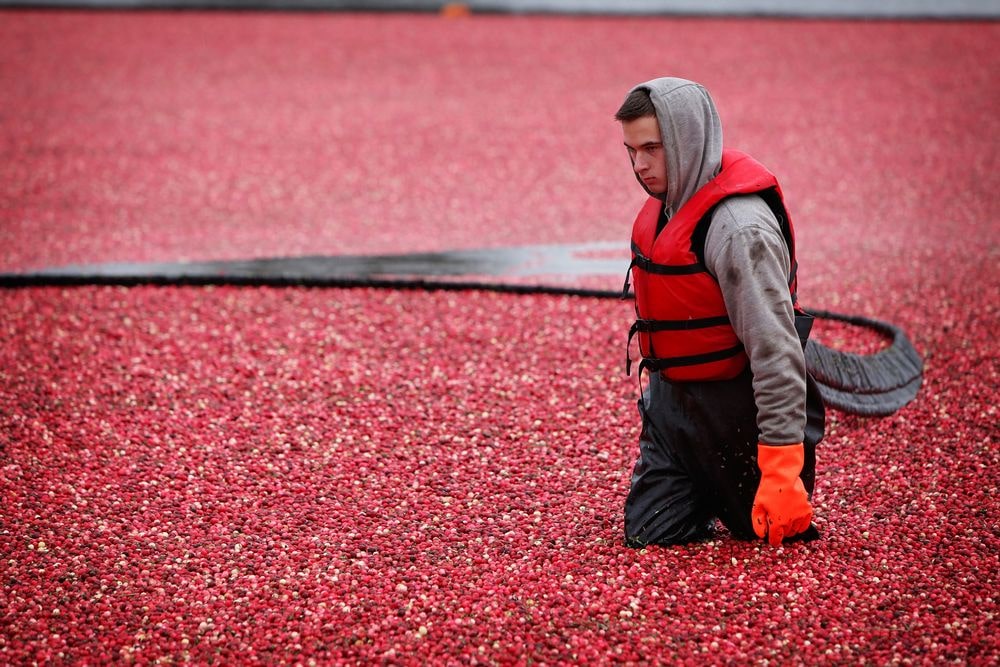
Wet Harvesting Cranberries in Water
…
They don’t grow in water, put are (mostly) harvested or “picked” in water.
As Shown on TV
Cranberries don’t grow in water but every time you see a commercial for cranberry juice, or a documentary featuring farmers harvesting their cranberries, they’re always in those long fly-fishing type wet suits or overalls, knee or waist deep in a pool of bright red cranberries.
So of course because that’s all that we see, we make the assumption that cranberries are grown in water.
As a matter of fact, cranberries grow on vines in a marshy, sandy type soil.
Approximately 10% of the cranberries grown in North America are picked dry, right off the vine, and used to be sold fresh in grocery stores. They pick these berries carefully.
WET BERRIES
But the majority (90%) are wet harvested. Wet harvesting is when the farmers flood the cranberry crops in about 2 feet of water the day before they’re going to gather them up. This method makes it easier on the farmers, and allows them to gather up so many more in a shorter period of time.
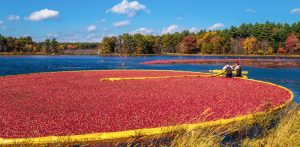
Cranberry Farm
The wet harvested cranberries are used for all other cranberry products, like cranberry juice, cranberry sauce etc. With these types of products it doesn’t matter so much whether or not the berry is damaged or crushed a little because they’re going to be crushed very soon anyway.
But when you’re picking cranberries dry you have to be more careful not to damage the fruit or else they won’t be good by the time they get to market.
So cranberries are not always in water, but the majority of the time they are shown like that because the majority of the different ways we enjoy cranberries, come from the wet harvested crop, in water.
Hope this helps.
– Cranby

